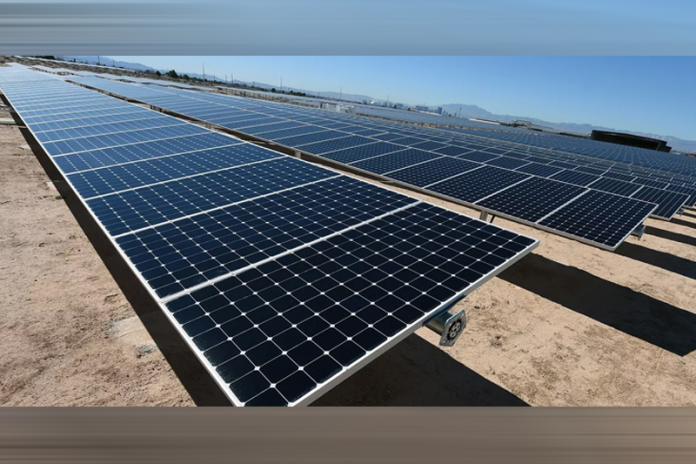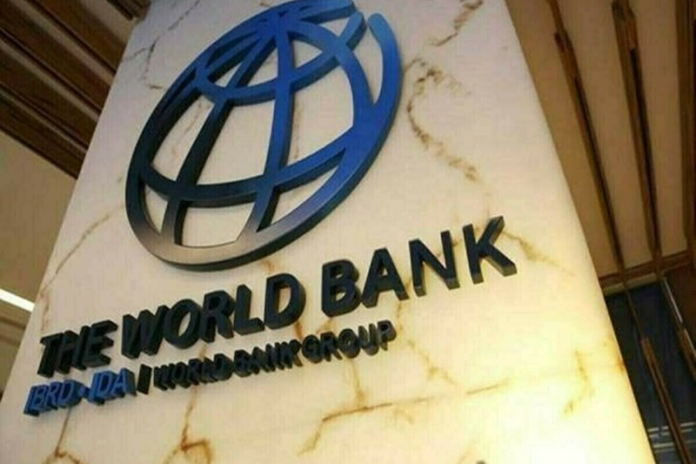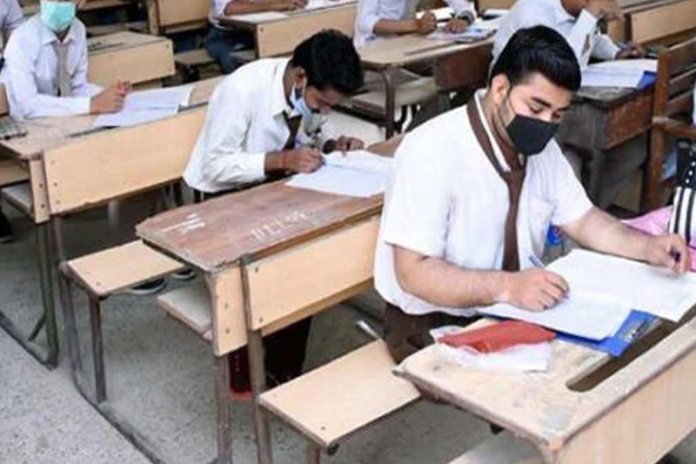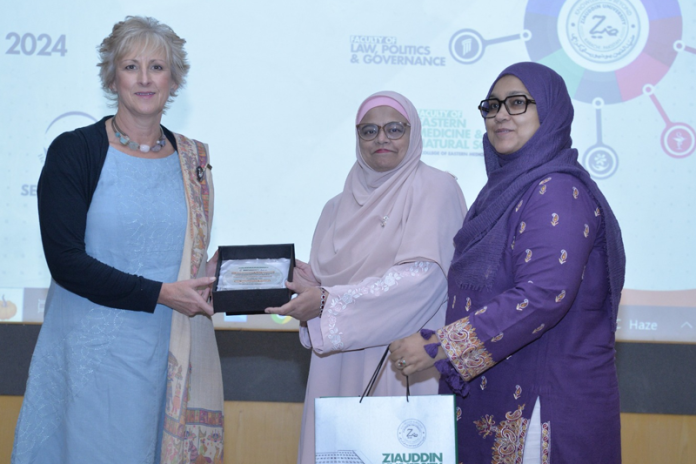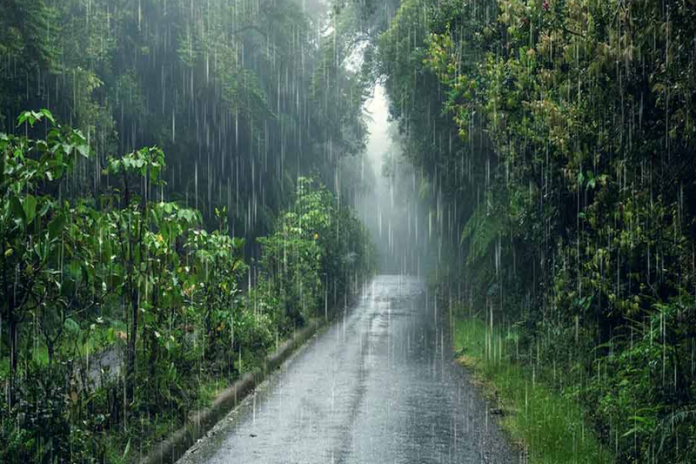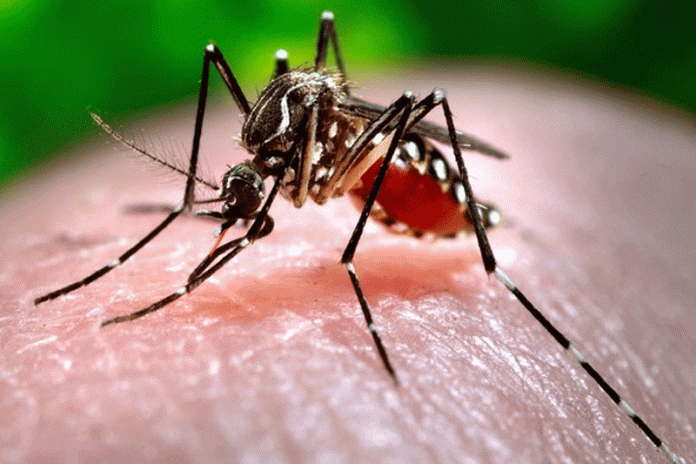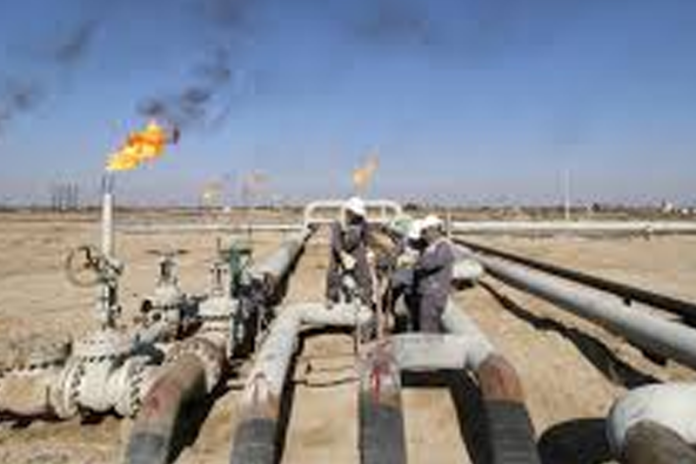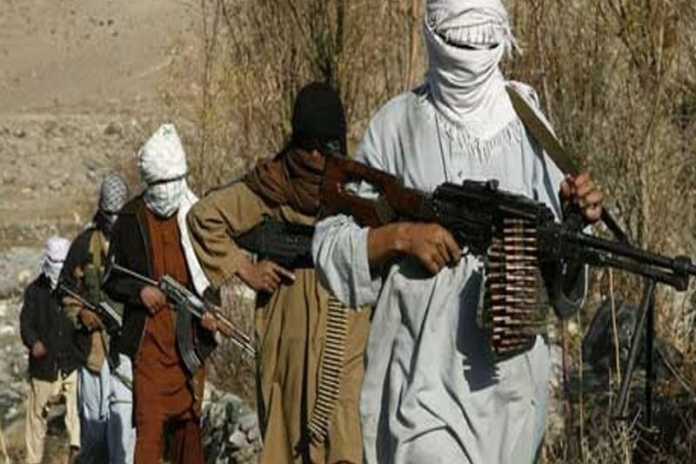Effects of Climate Change in Pakistan
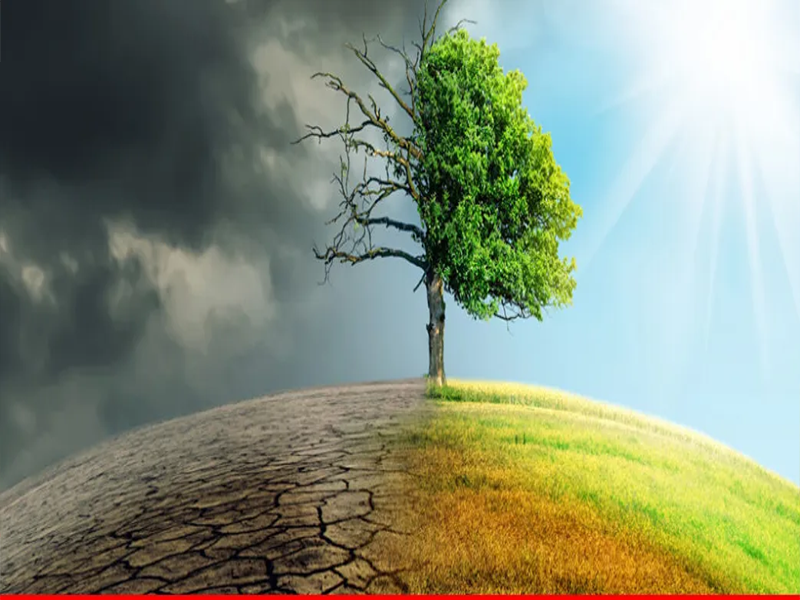
- 152
- 0
Climate change is one of the most significant global challenges of the 21st century. It refers to the long-term alteration of temperature and typical weather patterns in a place.
Over the past few decades, Pakistan has witnessed a series of drastic changes in its climate, contributing to numerous challenges for its environment, economy, and society. The effects of climate change in Pakistan have been far-reaching, affecting agriculture, water resources, health, infrastructure, and the overall well-being of its population. As a developing country, Pakistan is especially vulnerable to the adverse impacts of climate change, which is exacerbated by limited resources and poor infrastructure. Rising Temperatures and Heatwaves One of the most noticeable impacts of climate change in Pakistan is the rise in temperatures. Pakistan has been experiencing hotter summers, with temperatures frequently reaching record highs. In 2015, the country recorded one of the hottest months ever, with temperatures soaring above 50°C in some areas.
These extreme heatwaves not only make daily life unbearable but also put significant pressure on the country's health systems. Heatwaves have resulted in an increase in heat-related illnesses and deaths, especially among vulnerable populations such as the elderly, children, and those with pre-existing health conditions. In cities like Karachi, the most populous city in Pakistan, heatwaves have caused widespread deaths and illness in recent years. The increased demand for electricity during these extreme temperatures also puts a strain on the country's already overburdened power grid, leading to frequent power shortages. Erratic Rainfall Patterns and Flooding Pakistan has also been experiencing more erratic rainfall patterns due to climate change. In some regions, rainfall has become more intense and unpredictable, leading to both floods and droughts. The monsoon season, which traditionally brings rainfall from June to September, has become more erratic. Some years have seen excessive rainfall, leading to catastrophic floods, while others have experienced drought-like conditions due to insufficient rain. In 2010, Pakistan faced one of the worst floods in its history, which affected millions of people and caused widespread destruction. The flooding in that year submerged large areas of the country, causing loss of life, displacement of communities, and damage to crops and infrastructure. Since then, flash floods have become more frequent, and the risk of flooding has increased, particularly in low-lying areas and regions near rivers and dams. The increasing intensity and frequency of these floods have had devastating effects on agriculture, which forms the backbone of Pakistan's economy. Crops such as wheat, rice, and cotton are particularly vulnerable to flooding, leading to significant losses in agricultural production. Moreover, the destruction of irrigation systems and agricultural land further exacerbates food insecurity in the country. Droughts and Water Scarcity While some parts of the country experience heavy rainfall and flooding, others are facing a dire shortage of water. Droughts have become more common, especially in the southern and western regions of Pakistan.
As a result, water availability has drastically decreased, and the country is facing severe water scarcity. Pakistan is home to the Indus River, one of the largest river systems in the world, which is the main source of water for agriculture, industry, and domestic use. However, the increasing frequency of droughts, coupled with the mismanagement of water resources, has caused a significant decline in water levels. The impact of climate change on glaciers in the Himalayan mountains, which feed the Indus River, has further worsened the situation. As these glaciers continue to shrink due to rising temperatures, the flow of water into the river system is decreasing. The reduction in water supply is not only affecting agriculture but also leading to conflicts over water distribution between provinces and communities. With the agricultural sector being a major contributor to Pakistan's economy, water scarcity threatens food security, livelihoods, and the overall economic stability of the country. Agricultural Losses and Food Insecurity Agriculture is a critical sector in Pakistan, providing employment to a large portion of the population. However, climate change has significantly disrupted agricultural productivity. Rising temperatures, irregular rainfall, and water scarcity are affecting the growth of crops and increasing the vulnerability of the agricultural sector to pests and diseases. The changing climate is making it harder for farmers to predict when to plant and harvest, leading to lower yields and increased losses.
Crops like wheat, rice, and cotton are highly sensitive to changes in temperature and water availability. A study by the International Food Policy Research Institute (IFPRI) suggests that climate change could reduce wheat production in Pakistan by up to 30% by 2050, which could have severe consequences for the country's food security. Additionally, the agricultural sector's dependency on the monsoon rains for irrigation means that the disruption of seasonal rainfall patterns could lead to widespread crop failures. As agricultural losses mount, food prices increase, and food security becomes a significant concern. Vulnerable populations, particularly in rural areas, face greater difficulties in accessing nutritious food, leading to malnutrition and related health issues. Impact on Human Health The effects of climate change are also being felt in terms of public health. Rising temperatures and extreme weather events contribute to the spread of diseases, particularly those that thrive in warm and humid conditions. The incidence of heatstroke, respiratory diseases, and cardiovascular problems has risen due to extreme heat. Additionally, climate change has also contributed to the spread of infectious diseases, such as malaria, dengue fever, and cholera. Floods and heavy rainfall create breeding grounds for mosquitoes, leading to an increase in vector-borne diseases like malaria and dengue. Waterborne diseases, such as cholera and dysentery, also become more prevalent in flood-affected areas where sanitation infrastructure is damaged. The overall public health burden is rising, straining the already limited healthcare infrastructure in the country. Migration and Displacement The effects of climate change, including flooding, drought, and loss of agricultural land, are leading to displacement and migration. People from rural areas are increasingly migrating to urban centers in search of better opportunities and safety from environmental disasters.
This rural-to-urban migration is placing additional pressure on already overcrowded cities, leading to problems such as inadequate housing, poor sanitation, and an increase in poverty. In extreme cases, entire communities are being displaced due to environmental disasters. For example, in areas where floods have destroyed homes and farmland, people are forced to move to other regions or cities. This displacement not only disrupts the lives of affected individuals but also creates long-term social and economic challenges for both the migrants and the communities that receive them. Climate change is having a profound and wide-ranging impact on Pakistan.
From extreme weather events like heatwaves and floods to long-term challenges such as water scarcity, agricultural losses, and public health risks, the country is facing numerous threats due to a changing climate. As a result, Pakistan must prioritize climate adaptation strategies, focusing on sustainable water management, resilient agriculture, disaster preparedness, and the reduction of greenhouse gas emissions. The effects of climate change require immediate action to protect the environment, the economy, and the well-being of the people of Pakistan. Without effective intervention, the country may face even more severe consequences in the coming decades.













